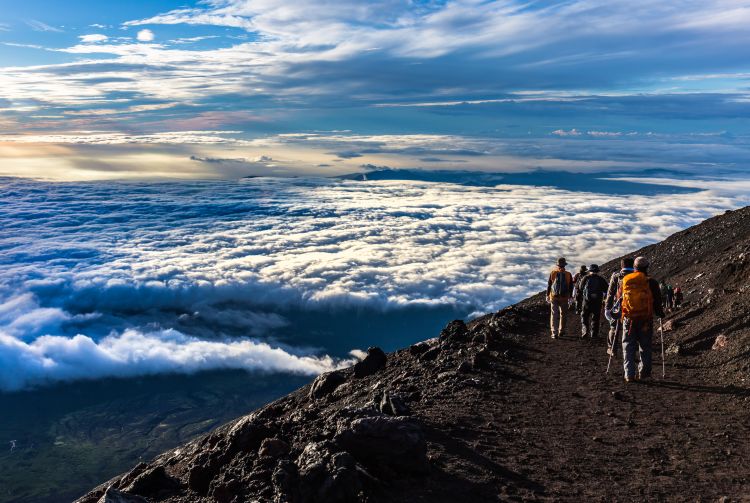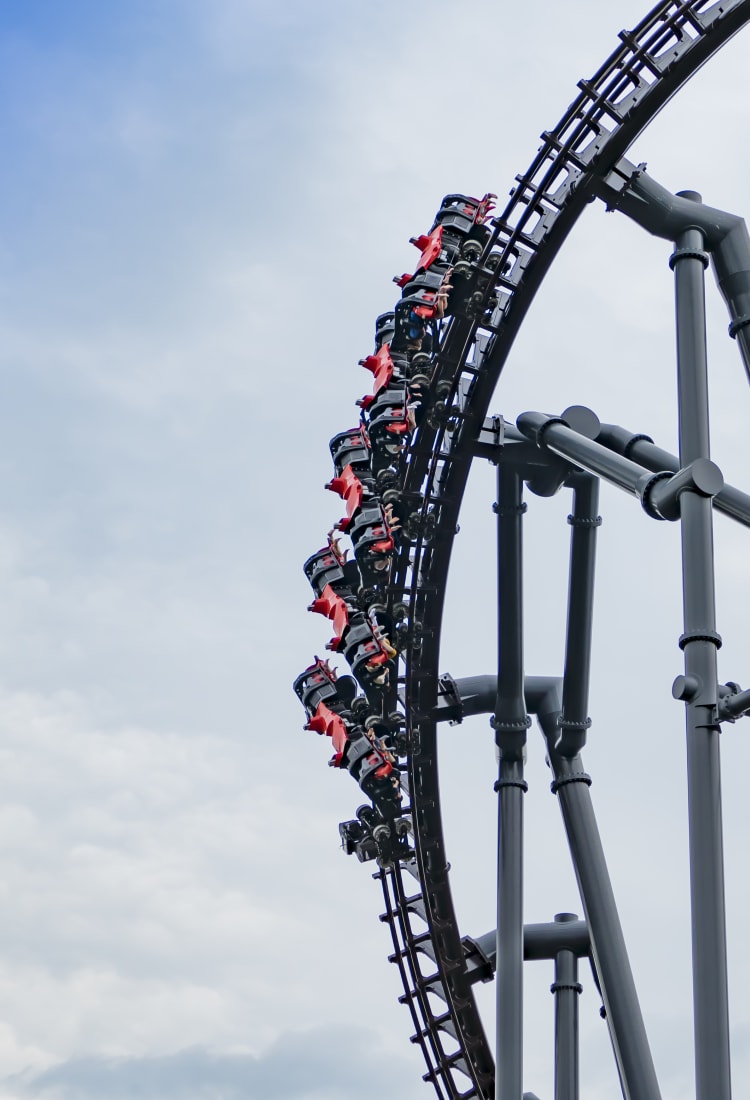Enjoying Mt. Fuji—from public baths to rollercoasters
Arguably the very symbol of Japan, 3,776-meter Mt. Fuji is both the country's highest mountain and its most beautiful. While climbing the mountain is a summer rite of passage, and for some, an annual pilgrimage, plenty of other options exist on how to see and experience this most majestic mountain.
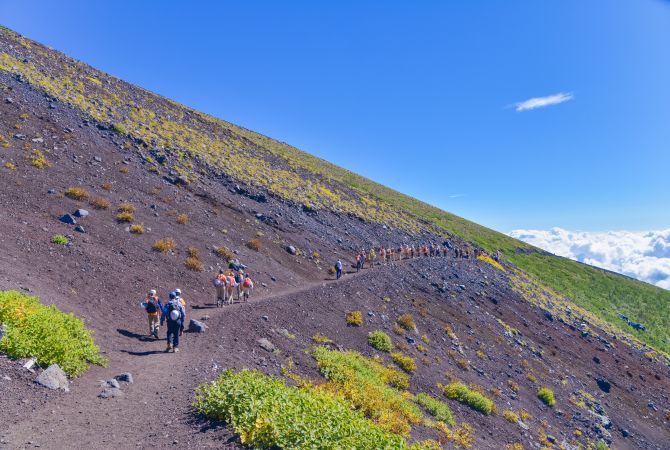

Picture this: the art of bathing
Public Japanese bathhouses, or sento, can be found in the backstreets of cities. These large, communal tubs, similar to onsen, are rooted in tradition and have long been natural hubs for gatherings and local communication. Mt. Fuji is the most common mural motif to adorn sento walls. Called penki-e, these murals are typically repainted at least once every several years and showcase Mt. Fuji in different forms. Can't visit the real thing? Head to a sento and bathe at the base of the sacred peak no matter where you are in Japan.
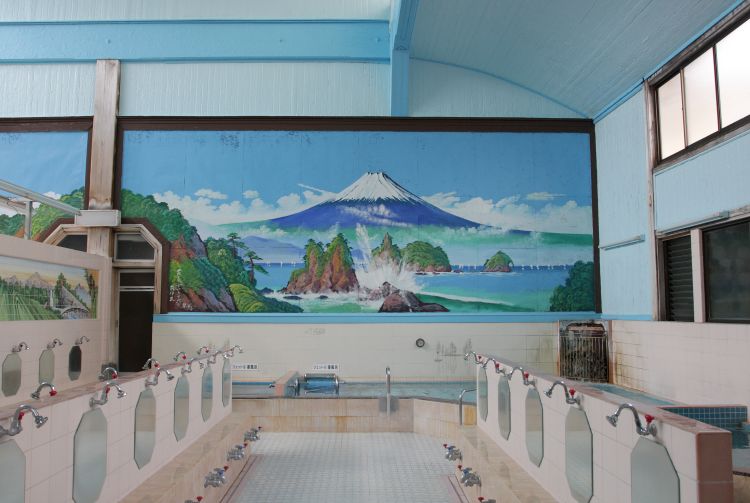
Soaking in sumptuous surrounds
Once a pastime of Japan's aristocracy, hot springs bathing is now open to all. Capitalize on the visual splendor of Mt. Fuji's local scenery and visit some of Japan's finest hot springs in its foothills. For a quintessential Japanese experience, book a stay at a local inn or ryokan, and opt for bathing in an outdoor rotenburo bath. The extraordinary views of the mountain will not disappoint. Some onsen resorts offer same-day visits if you don't have the budget to stay at one of the more high-end options.

The west coast of the Izu Peninsula has some charming coastal hot spring resorts with views of Fuji
Mt. Fuji thrills and spills
Sacred Mt. Fuji might evoke tranquil repose, but the juxtaposition of viewing the mountain from the heights of a screaming rollercoaster is a one-of-a-kind experience. Head to the Fuji-Q Highland amusement park to see Mt. Fuji from a very different angle, or consider visiting the Fuji Safari Park with its free-ranging African lions and Asian elephants.
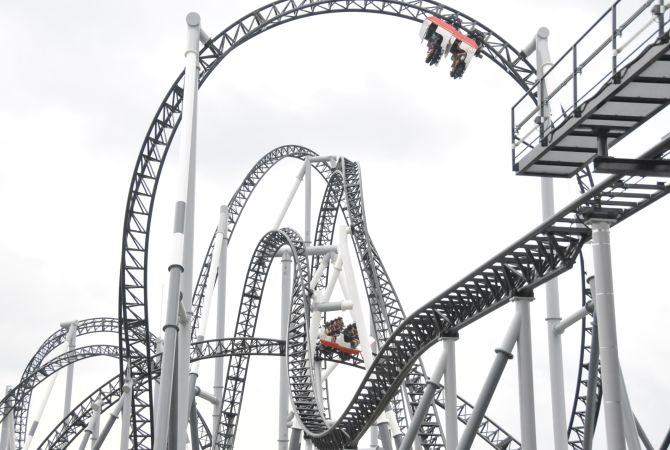

Other options include visiting caves such as the Fugaku Wind Cave, Saiko Bat Cave and Narusawa Ice Cave located at the foothills of the mountain. Cool in summer but warm in winter, these caves hark back to times when Fuji was an active volcano.


Watersports at Fuji Five Lakes
Lying to the north of the mountain, the Fuji Five Lakes area is a popular destination for outdoor enthusiasts. Lake Yamanaka and Lake Kawaguchi are lined with resorts and inns and offer plenty of options for watersports and trekking. The smaller lakes are less crowded but still offer spectacular views. Boating, fishing, windsurfing, waterskiing and even paragliding are just some of the activities on offer.
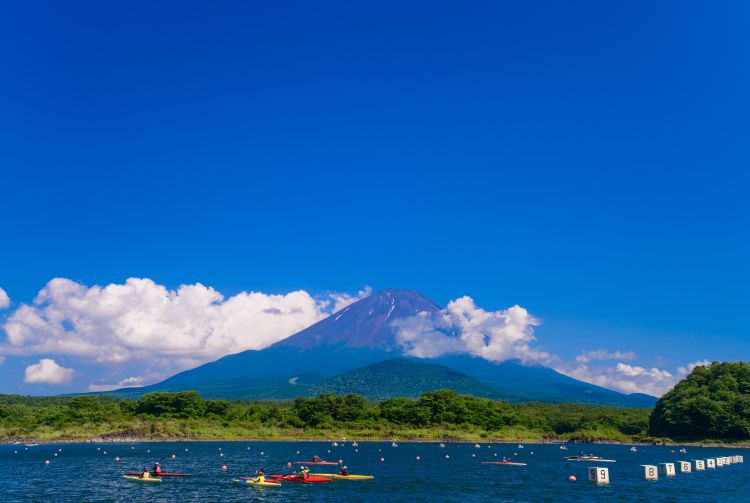
Climbing high
The ultimate experience is, of course, to climb Mt. Fuji . Only open for hiking from July through early September, most trails are heavily trafficked. Temperatures at the various fifth station start points are significantly cooler than in low-lying areas.
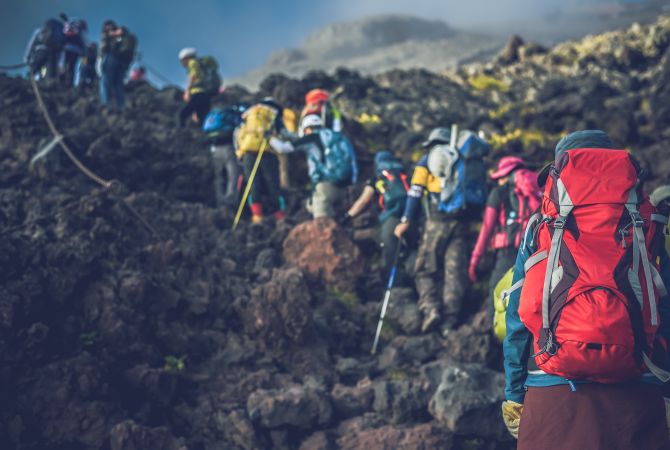

Staying at a mountain lodge on Mt. Fuji will allow you to start hiking early the next day to experience goraiko, or worshipping of the sun. It's a befitting description as climbing Japan's most sacred and culturally significant mountain is an unforgettable encounter.
